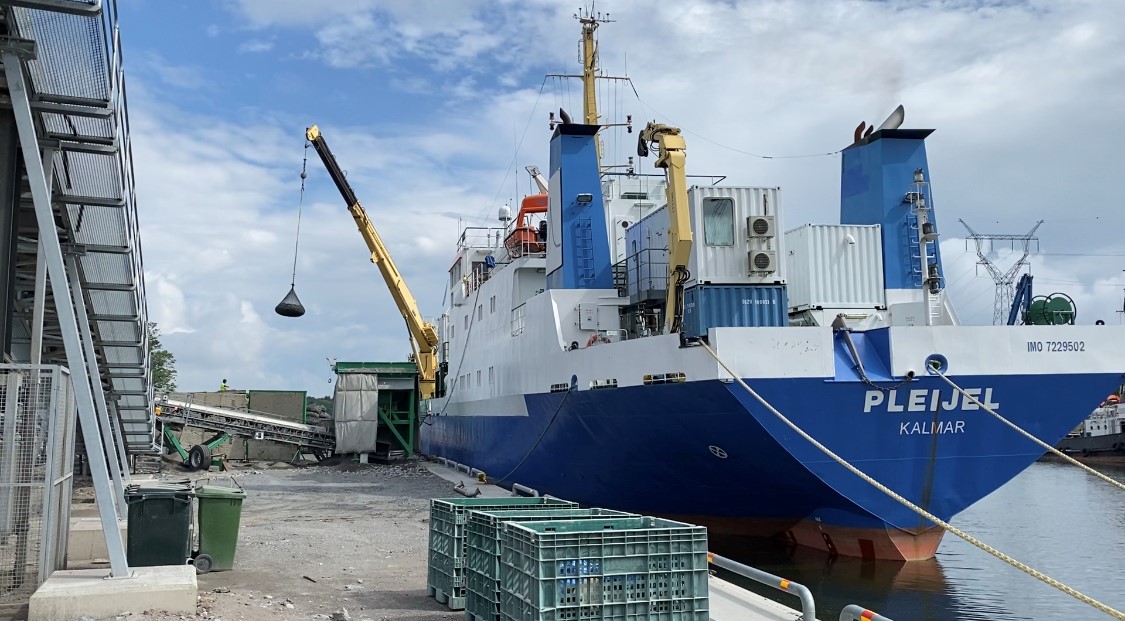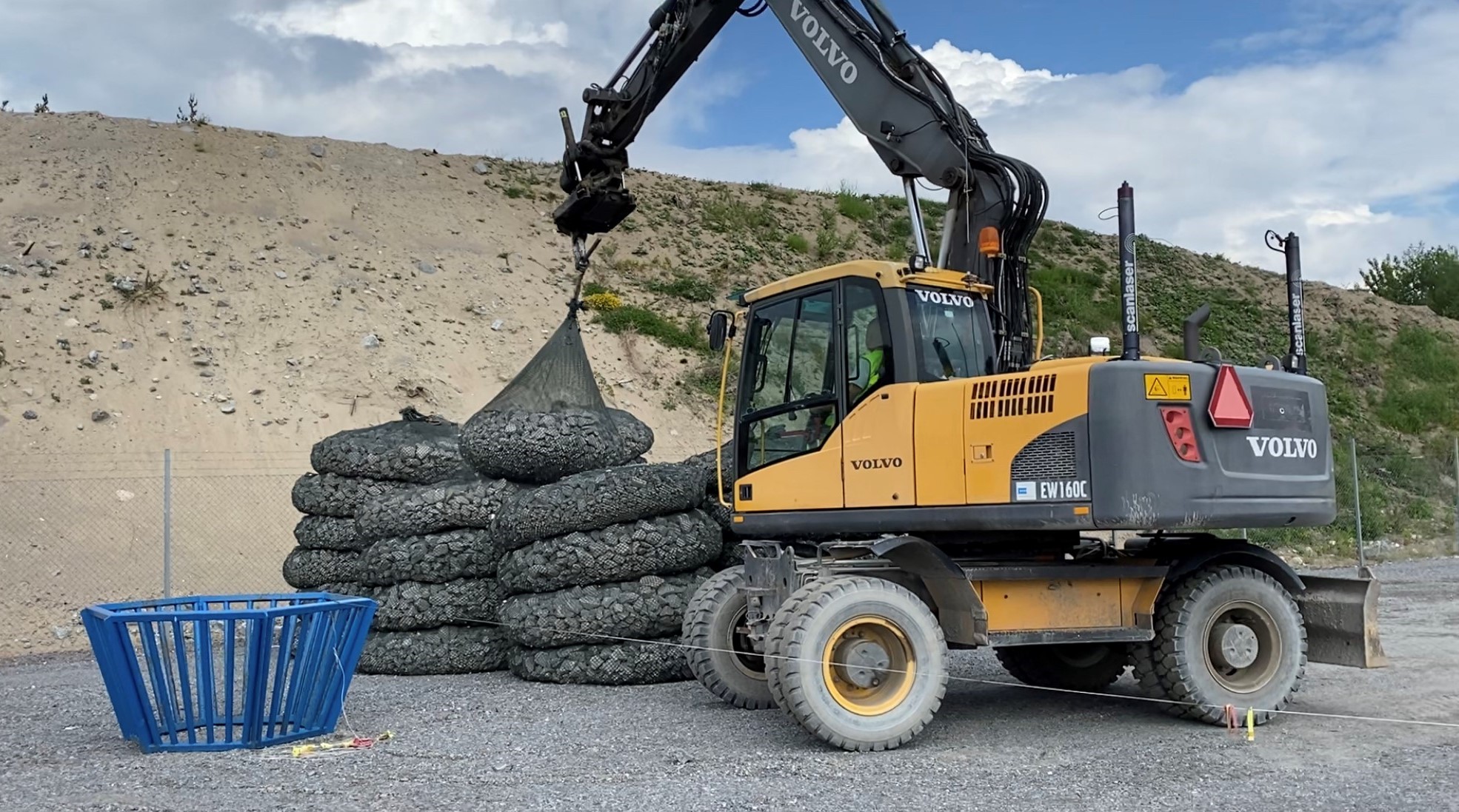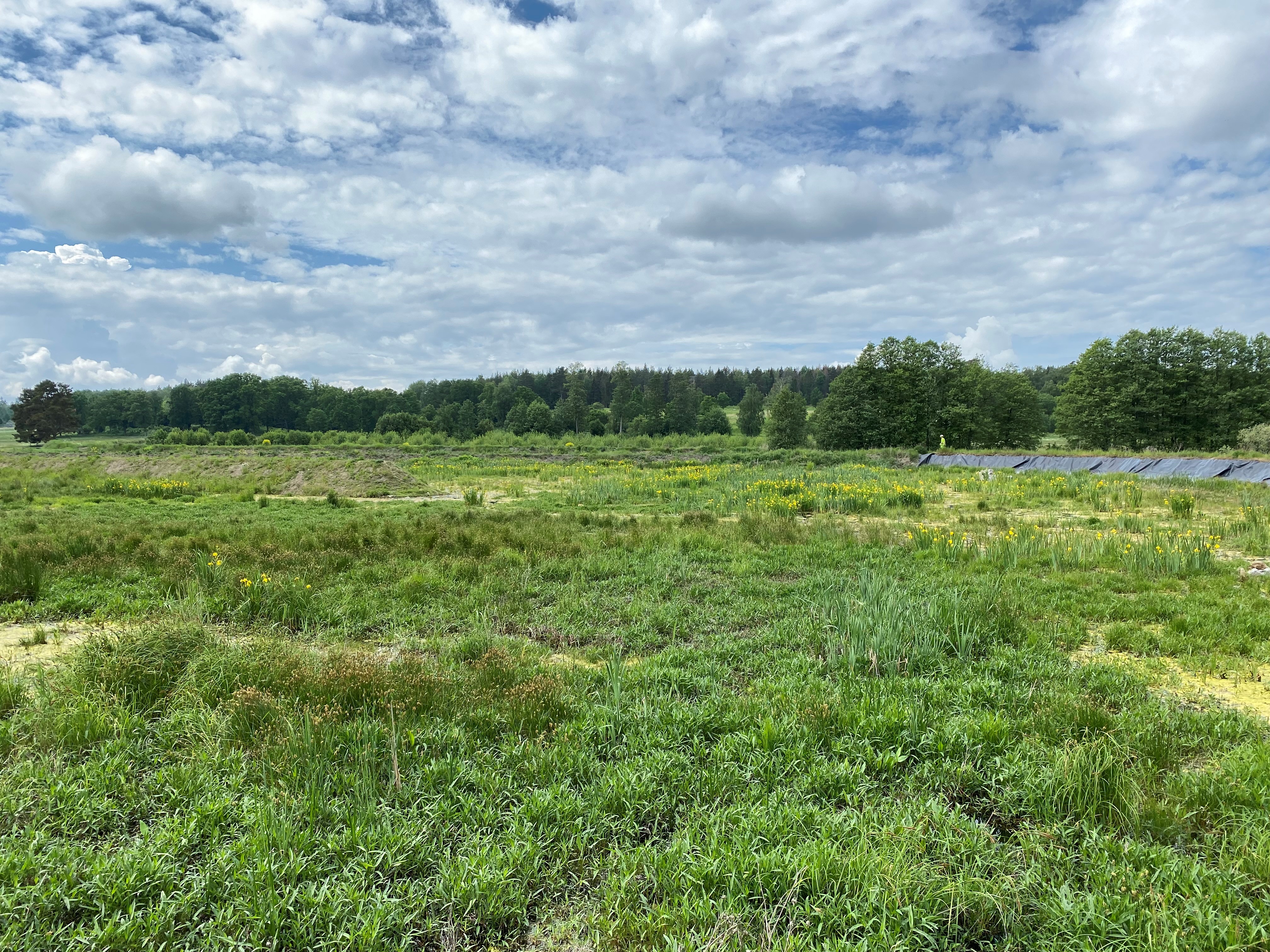Wetlands that purify the water
Washed blasted stone from the E4 secures future need for electricity in the Stockholm area
In a unique collaboration between Jehander and Baltic Offshore, blasted rock from a part of the new section of the E4 Bypass Stockholm is now being reused for a completely new infrastructure project. Washed and cleaned tunnel rock will protect nine 420 kV power cables on the bottom of Lake Mälaren.
To meet the future need for electricity deliveries to residents and companies in the Stockholm area, nine 420 kV power cables will be installed between Beckomberga and Bredäng. The power cables, which are planned to be put into operation in 2022, have a total distance of approximately twelve kilometers, of which 5.6 kilometers run on the bottom of Lake Mälaren. Reused and washed blasted stone from E4 Förbifart Stockholm will be used here.
- We wash the blasted tunnel rock and put it in specially made net bags. The bags will function as protection over the power cables on the bottom of Lake Mälaren. They are loaded on board Baltic Offshore's vessels in our port. This fantastic work can also benefit biodiversity because the sacks create artificial reefs for fish and fry, says Mats Björkryd, CEO of Jehander.
Packed in net bags
The tunnel mountain from the E4 section at Lovön in Stockholm is washed in Jehander's quarry in Löten on Ekerö. The stone is packed in net bags and lifted on board Baltic Offshore's cable ship C/S Pleijel.

- This is a large infrastructure project that secures Stockholm's electricity supply. We have installed nine 420 kilovolt power cables in Lake Mälaren during the autumn of 2020. The cables must be protected in the most exposed areas. During 2021, we will therefore place the net bags over the cable with our special vessel C/S Pleijel, a job that requires great precision, says Pelle Andersson, COO at Baltic Offshore.
7,200 sacks
Baltic Offshore are specialists in installation, maintenance, and repair of submarine cable systems. The material flow and scope of the project is unique. A total of 7,200 sacks are placed on the bottom of Lake Mälaren with the recycled material. The net bags are about two meters in diameter and weigh almost two tons.

- It is extra strictly regulated what kind of materials you may use in Lake Mälaren, because the lake is a drinking water source. Washed stone is therefore the most suitable and durable option. We chose to collaborate with Jehander who has both experience, resources, and expertise to handle the requirements and the amount of stone needed for the project. In addition, Jehander can receive large vessels in its port, which provides great environmental benefits compared to transporting the stone by truck, Pelle Andersson, COO at Baltic Offshore, explains.
During blasting, the rock masses are contaminated by nitrogen. So, to be able to reuse the material, the rock masses must be washed. The wastewater from the washing process needs to be taken care of, as nitrogen is a nutrient that can cause both eutrophication and algal blooms. Therefore, Jehander has created completely natural wetlands that purify the water before it goes out into Lake Mälaren again.
- Through this process, we can recycle the rock and create a circular material flow and at the same time contribute to biological diversity, says Mats Björkryd, CEO of Jehander.
Ellevio will operate the management for two years, after which Svenska kraftnät will take over ownership.

|

|
Contact:
- Mats Björkryd, CEO Jehander, mats.bjorkryd@jehander.se, tel: +46 8 625 63 04.
- Pelle Andersson, COO Baltic Offshore, pelle@balticoffshore.se, tel: +46 480 420 570.

